Handley Page HPR-7 Herald 201 BEA
Production Time 9 to 10 weeks
Shipment is by FedEx, UPS or DHL International Express Courier with a normal door-to-door delivery time worldwide of within 2-3 business days after dispatch. Due to the current volatility of world fuel prices, the amount mentioned here is our best estimate for DHL and UPS and may be subject to change at the time of shipping.

Model Description: Handley Page HPR-7 Herald 201 BEA British European Airways Wood Replica Scale Custom Model Aircraft
Manufacturer: Handley Page
Wingspan: 16.9 Inches (42.9 Centimeters)
Height: 4.26 Inches (10.8 Centimeters)
Scale: 1:67
Registration: G-APWA
$239.50
Production Time 9 to 10 weeks
-
United States dollar ($)
-
Pound sterling (£)
-
Euro (€)
-
Australian dollar ($)
-
Canadian dollar ($)
-
Singapore dollar ($)
-
Swiss franc (CHF)
-
Japanese yen (¥)
-
Danish krone (kr.)
-
Hong Kong dollar ($)
-
Norwegian krone (kr)
-
Swedish krona (kr)
-
United Arab Emirates dirham (د.إ)
General Product Description
Our PlaneArts Handley Page HPR-7 Herald 201 BEA model exhibits unique, unrivaled quality and detailed design to come as close as possible to the accuracy of the actual plane. It comes as standard with a robust, durable base or stand which is available in a variety of different finishes designed to match your own personal requirements including solid wood, wood with polished metal supports or adjustable wood wall mount and will be ready within about 9-10 weeks from placement of order.
The Handley Page HPR-7 Herald 201 BEA model is made of the finest kiln dried renewable mahogany wood (commonly known as Lauan or Meranti) which has undergone many stages of carving and meticulous and careful sanding giving the beautiful finished museum quality masterpiece. Many collectors and model connoisseurs demonstrate their preference for genuine handmade and hand painted mahogany wood models rather than plastic or die cast (diecast) alternatives due to the overall look and totally different feel of the item - we trust you will find the same. We can, however, if required produce the same model in Solid Cast Resin so just click and contact us us for further information. Our craftsmen and gifted artisans ensure that our finely handcrafted model airplanes match the precise blueprint details of the original aircraft. The paint scheme, markings and parts are closely matched, reflecting the original aircraft. This stylish top-quality desktop replica model will surely enthrall anyone who receives this as a gift and for sure one of the most appropriate and desirably collectable gifts for any aviation enthusiast and avid aircraft collector whilst also displaying a perfect resemblance to the actual aircraft.
If you require we can also make the Handley Page HPR-7 Herald 201 BEA model in any other airline, private livery or colour scheme you require and if necessary in a different size or scale. Just click here to contact us with a description or photographs of what you require, and we will let you have a quotation for the necessary customization by return email. We can also make bespoke scale replicas of any other private / civil commercial airliner or airliners, helicopter, glider, gliders with engines, military jet, warplane jets, propeller warplanes, biplane, triplane, tail fin, spacecraft, rocket or NASA model you require in any airline, military or civilian livery or colors. We also produce model airships, blimp, dirigible, blimps, boat and ship collectibles. Wall plaque or seal for military, government or private customers. Again, by clicking here to contact us just let us know exactly what you need.
Exploring the Handley Page HPR-7 Herald 201: A Retrospective on BEA’s Workhorse
The Handley Page HPR-7 Herald 201, operated extensively by British European Airways (BEA), stands as a notable example of British aviation history. This twin-engine turboprop aircraft was designed in the 1950s to meet the growing demand for regional air travel. Combining robust engineering with reliable performance, the Herald was appreciated for its operational efficiency and reliability. This article delves into the technical specifications and operational history of the HPR-7 Herald 201, highlighting its service with BEA and its legacy in the aviation industry.
Development and Introduction:
The Handley Page HPR-7 Herald originated from the earlier designs of the 1950s, intended to replace older piston-engine aircraft with a more modern turboprop option. Initially equipped with piston engines, the Herald underwent significant modifications, leading to the introduction of the turboprop-powered version. British European Airways (BEA) was among the prominent operators, utilizing the Herald to enhance its network of short-haul routes across the United Kingdom and Europe.
Technical Specifications:
- Aircraft Type: Turboprop regional airliner
- Manufacturer: Handley Page Aircraft Company
- Introduction: Entered service with BEA in the early 1960s
- Powerplant: Typically equipped with two Rolls-Royce Dart turboprop engines, providing a balance of power and fuel efficiency. These engines were known for their reliability and were widely used in many small to medium-sized airliners of the era.
- Capacity: The Herald 201 could typically seat between 50 and 56 passengers, making it ideal for short-haul routes.
- Performance:
- Cruise Speed: Approximately 275 mph (443 km/h), which was competitive for regional airliners of the time.
- Range: Around 1,450 miles (2,334 kilometers), allowing for comfortable operations across BEA’s European routes without the need for refueling.
- Service Ceiling: Able to operate at altitudes up to 25,000 feet, suitable for flying above most weather disturbances common in Europe.
Operational History with BEA:
BEA operated the Herald with a focus on connecting smaller cities and towns, thus playing a crucial role in regional connectivity. The aircraft’s ability to operate from shorter runways made it particularly valuable in less developed airports across the region. Its introduction allowed BEA to increase frequency and reliability on many of its shorter routes.
Despite competition from more modern aircraft such as the Fokker F27 and the ATR series, the Herald remained in service due to its robust design and operational cost-effectiveness. BEA’s use of the Herald represented a period of transition in air travel, from the slower, less efficient piston-engine aircraft to the faster, more economical turboprops.
Legacy and Retirement:
The Herald’s operational career with BEA and other airlines showcased the adaptability and durability of this aircraft. As newer technologies and designs became prevalent, the Herald was gradually phased out in favor of more advanced aircraft. Today, it holds a place in aviation history as a symbol of the evolution of regional air travel during the mid-20th century.
Conclusion:
The Handley Page HPR-7 Herald 201 remains a significant chapter in the history of British aviation. Its design, tailored to meet the specific needs of regional airlines like BEA, demonstrates the innovation and adaptability of the era’s British aerospace industry. While the Herald is no longer seen in the skies, its legacy continues to influence the design and operation of modern regional airliners.
| Weight | 6 kg |
|---|---|
| Dimensions | 13.5 × 16.9 × 4.26 in |

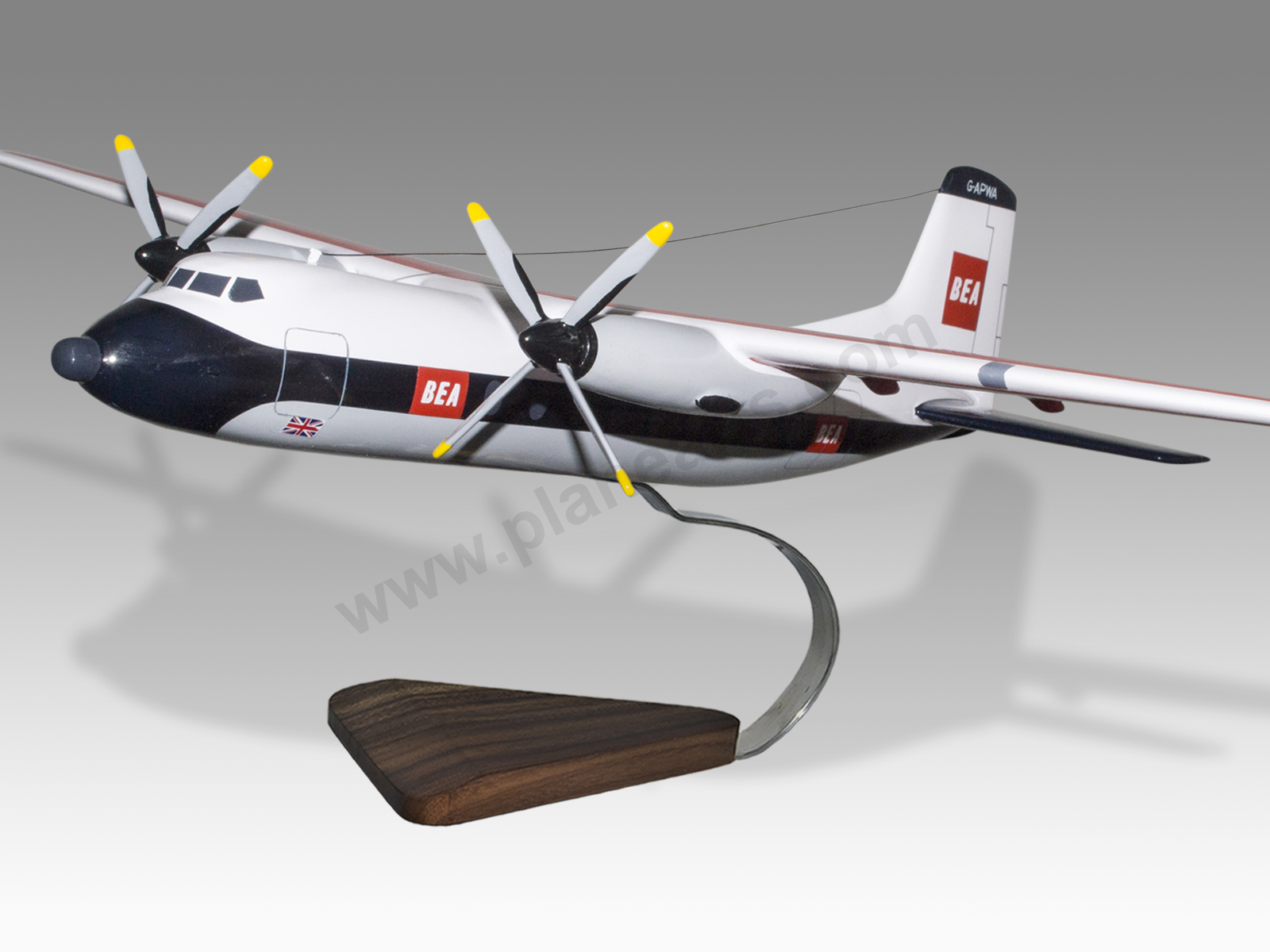
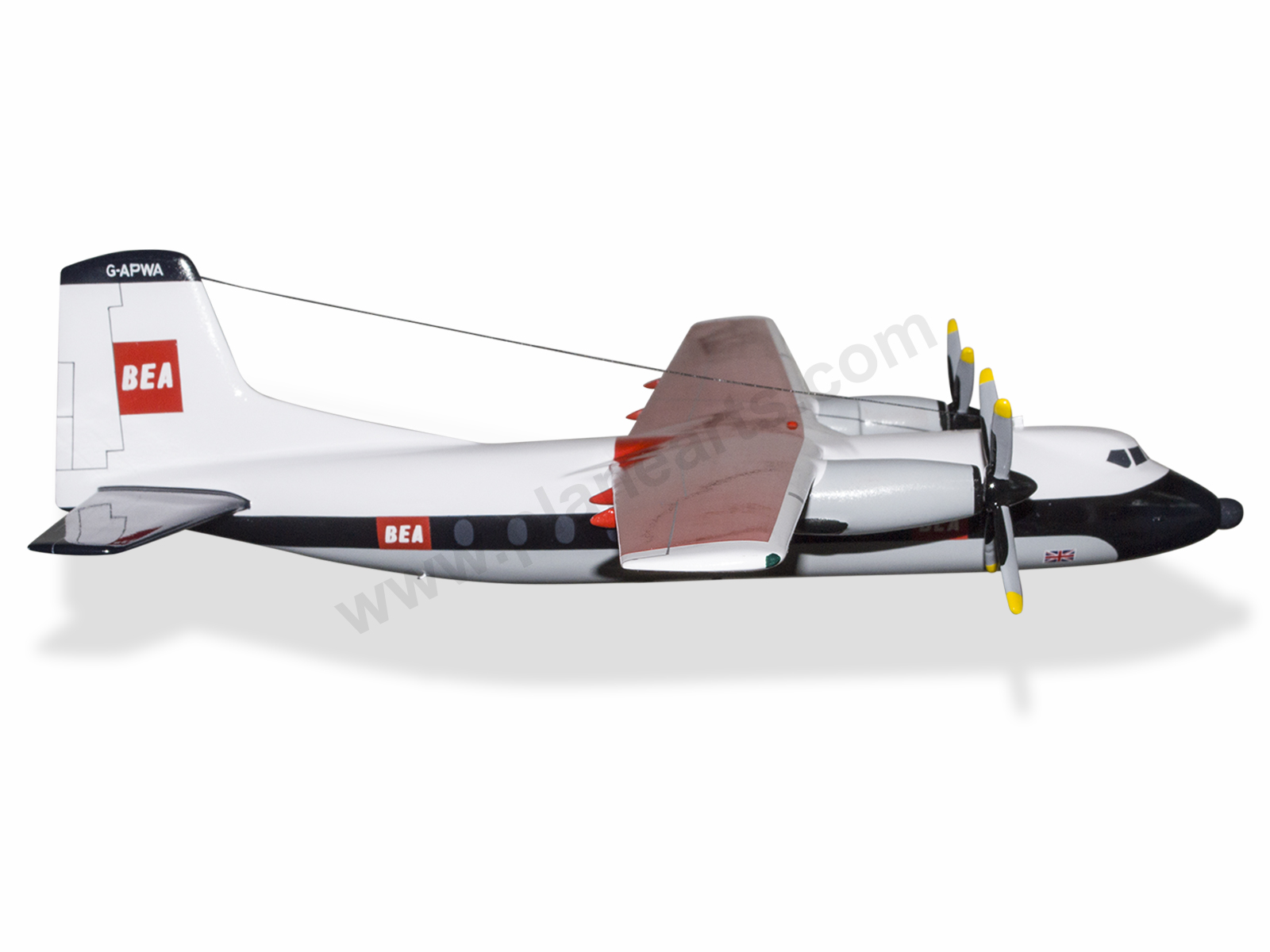
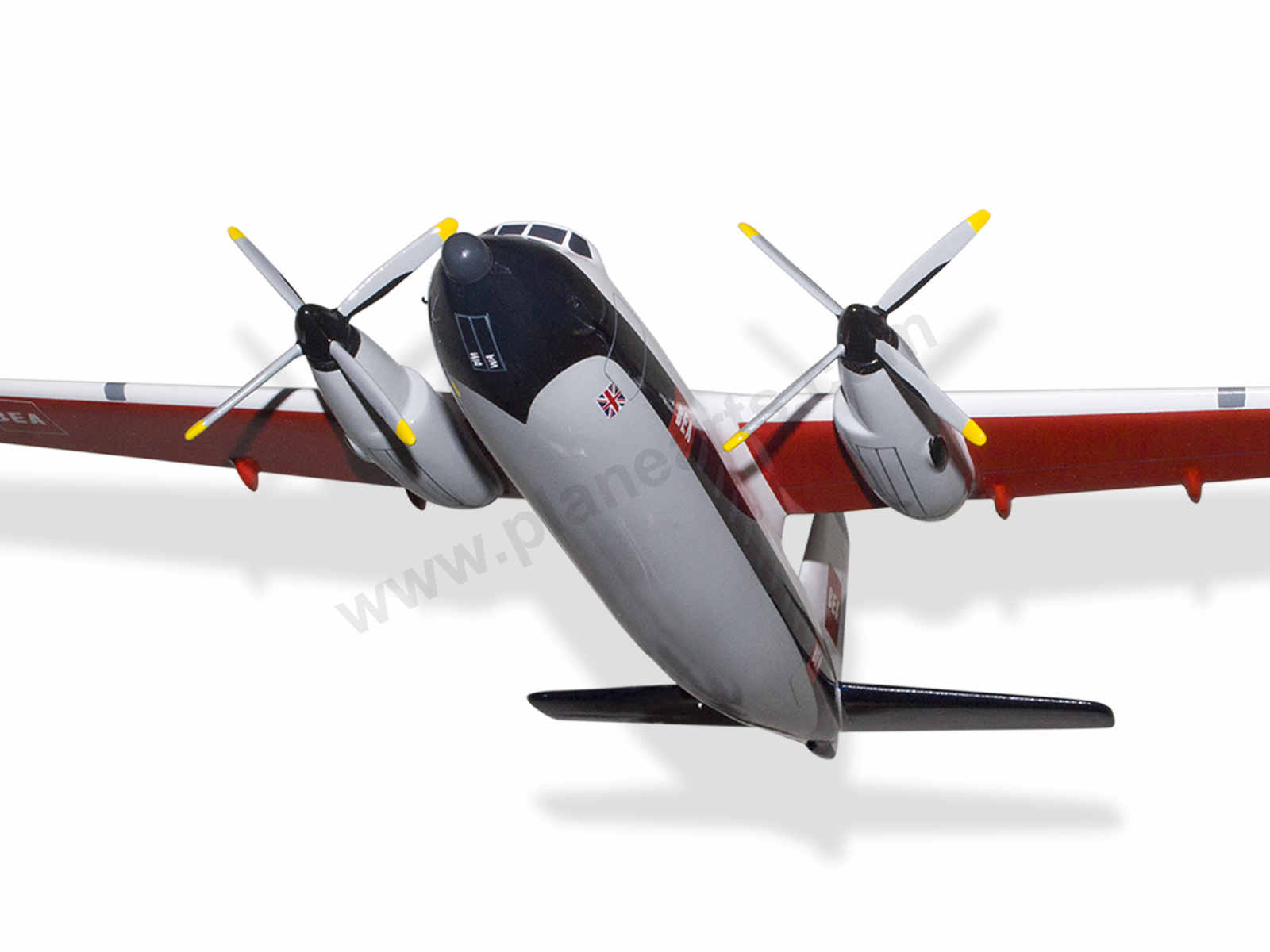
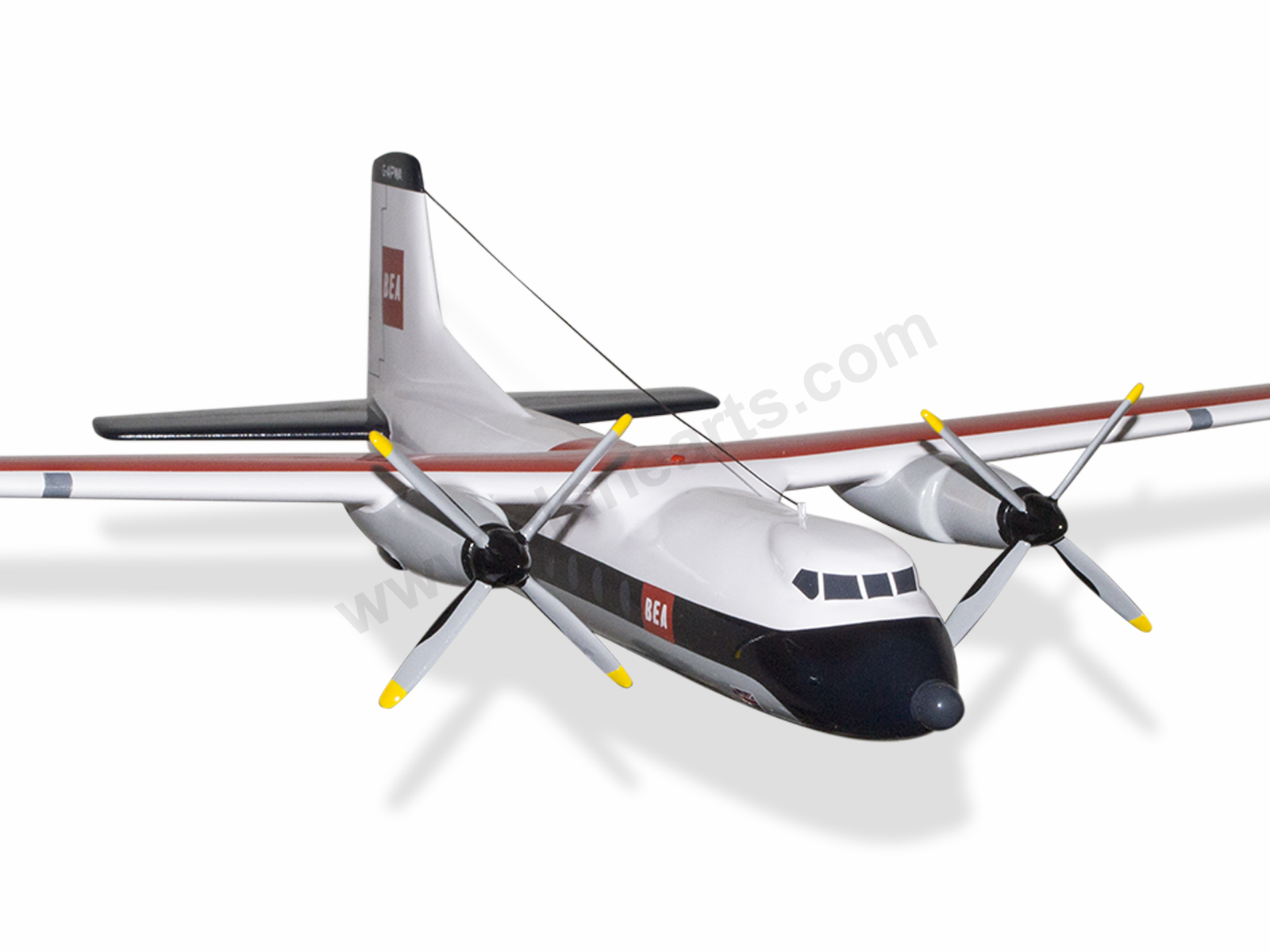

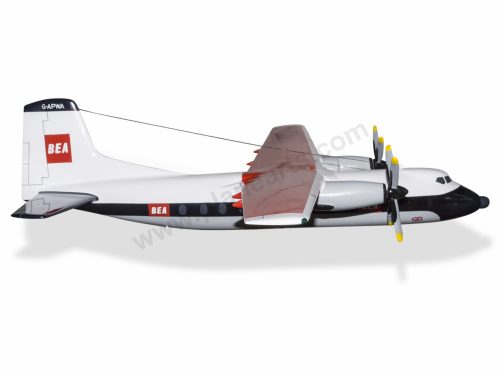
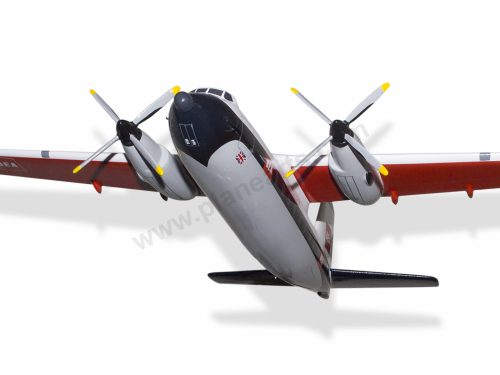
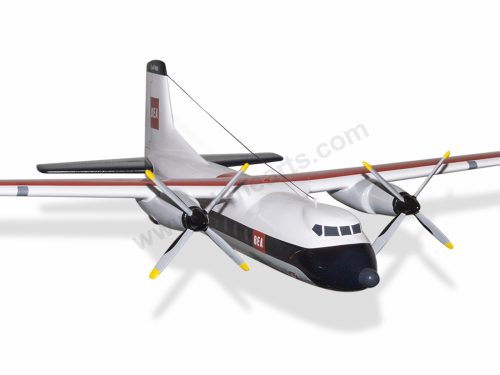
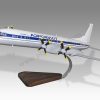
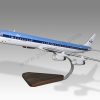
Reviews
There are no reviews yet.